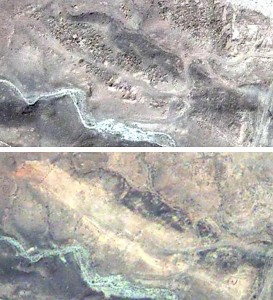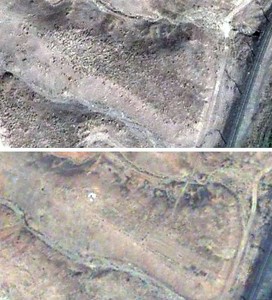Պատմության մեջ առաջին անգամ մեր թաղ թաղապետ ոտք դրեց
Արձագանքելով բնակիչների մտահոգություններին, Արաբկիր վարչական շրջանի ղեկավար Հրայր Անտոնյանը, աշխատանքային շրջայց է կատարել Արաբկիր 41 փողոցում, ծանոթացել խնդիրներին և հանձնարարել բակում աղբի կուտակումը բացառելու նպատակով ավելացնել ևս 2 աղբարկղ, մաքրել տարածքը, վերականգնել հարակից շինարարության հետևանքով քայքայված ճանապարհը, լուծել էլեկտրական հաղորդալարերի հենասյուների անվտանգության ապահովման հարցերը:
75-ամյա բնակիչ Գասպար Մաղաքյանն ասում է, որ առաջին անգամ է նման բան պատահում իրենց փողոցում.<Հայրենադարձվելով հայերնիք 1948 թվից այս փողոցում եմ բնակվում. այն առաջին մարդկանցից եմ եղել, որ հիմք եմ դրել այս փողոցի ստեղծմանը>,-Գասպար պապը հույսեր է կապում նորանշանակ, երիտասարդ ղեկավարի հետ. <Լավ, պարզ աչքեր ուներ, ինչ չէր կարող անել՝ չէր խոստանում: Ճիշտ է շատ վատ է, որ մեր թաղում փողոցային լուսավորություն չկա, շատ են վախենում կանայք, աղջիկները, ինչու՞ չէ մենք էլ ենք վախում այդ մթին դուրս գանք, բայց ասեց, որ դեռեւս հնարավոր չի: Կարող էր չէ՞ սուտ խոստում տալ>:
Արաբկիր 41 փողոցում մեկ ամիս առաջ մահացած մարդու դիակ էին գտել, որին սպանելով բերել, թողել էին այդտեղ՝ նախկին գործող գնացքի գծերի վրա: Բնակիչները ահաբեկվել էին. պատճառը փնտրել-գտել են. <Քանի որ շուրջ բոլորը շինարարություն է, շինարարական աղբ, լուսավորություն չկա, մի տեսակ անտեր-անտիրական թաղամաս ենք դարձել դրա համար էլ հենց այստեղ էին բերել դիակը>:
Բնակիչները խնդրեցին Արաբկիր վարչական շրջանի ղեկավարին լուծել նաեւ ոռոգման ջրի խնդիրը. <Տարիներ շարունակ ունեցել ենք, բայց մոտ 8 տարի է չունենք, բոլոր ծառերը չորացել են>:
Թաղում ավանդույթ է եղել ամեն բնակիչ իր տան առջեւ երեքից-տասը բարդի է տնկել, ծառերը մեծացել, փարթամացել էին, եւ թաղը հենց այդ հավասար շարքով տնկած բարդիներով էր հայտնի: Ոռոգման ջուր չլինելու պատճառով չորացած բարդիները փորձանք են դարձած եղել թաղի բնակիչների համար մինչեւ կտրելը: <Տանից դույլերով ջուր ենք կրում, ջրում ծառերը որքան կարող ենք >:
Հրայր Անտոնյանը խոստացել է բնակիչներին ամռանը զբաղվել նաեւ թաղի ոռոգման ջրի խնդրով:
<Կարեւորը եկավ, իր աչքով տեսավ, գիտի որ դեռ խնդիրներ մնում են, վստահ ենք կհիշի, քանի որ շատ հասկացող, լսող,թասիբով մարդ էր երեւում>,-ասում են բնակիչները:
Խնդիրներից մեկը մեծ փոսերով, քարուքանդ տարածությունն է, որտեղ հետագայում հավանաբար պետք է շենք կառուցվի, Արաբկիր վարչական շրջանի ղեկավարն ասաց, որ կհանձնարարի պարզել, թե ում է պատկանում այդ տարածությունը:
Արաբկիր 41-ում ուրախ, ոգեւորված տրամադրություն է, բնակիչները վստահ են, որ Անտոնյանը կատարելու է բոլոր խոստումներն ու դեռ մի բան էլ ավել. <Սրանից հետո գիտենք, որ կա մեկը, ում կարելի է դիմել>:








